It’s larger than the states of Delaware and Rhode Island combined, but its biggest city has just 400 people.
It’s the only place in the world where alligators and crocodiles coexist in the wild.
It’s been invaded by Burmese pythons, who are destroying native wildlife.
It supplies drinking water to more than 8 million people.
Those are a few fun facts about the Everglades, subtropical wetlands that cover a huge chunk of South Florida between the Atlantic and Gulf coasts. Most beach-loving vacationers who visit Miami, Fort Lauderdale and other nearby cities are more interested in sunbathing than taking a short drive to see one of the world’s unique ecosystems.
During a recent trip to South Florida, my wife Pat and I visited the Everglades and another one of the state’s ecological jewels, the Florida Keys, a 120-mile island chain that stretches from just south of Miami to Key West, the southernmost city in the United States.
We started with a six-hour tour of Everglades National Park and Big Cypress National Preserve, which together cover about 3,500 square miles that make up the bulk of the Everglades. Nicknamed the “River of Grass’’ by author Marjory Stoneman Douglas in her influential 1947 book about the area, the Everglades is technically a slow-moving river that is usually described as a sawgrass marsh. (By the way, sawgrass isn’t actually grass. It’s a sedge, which has a triangular stem instead of the round stem found in grass.)

Our 12-person group tour was conducted by Wild Lime Adventures, an eco-tourism company that gets its name from a thorny Florida tree with a citrus aroma. The itinerary included a 90-minute nature walk, a one-hour airboat ride to a former Indian village, a scenic drive, and another boat ride through an area off the southwest coast known as the Ten Thousand Islands.
Our first stop was the Oasis Visitor Center at Big Cypress National Preserve, where we walked along a canal swarming with alligators. They weren’t moving much because it was cloudy and cool, not ideal weather for cold-blooded reptiles who seek the sun to stay warm. We didn’t see any crocodiles, but they also live in the Everglades — the only place they’re found in the U.S. Our guide Lindsay explained that the best way to distinguish between the two reptiles is the shape of their snouts and the visibility of their teeth. Alligators have a wide, rounded snout, while crocodiles have a pointed, v-shaped one. As for teeth, because of the different way their jaws are aligned, you can see the top and bottom teeth of a crocodile but only the top row of the alligator. Of course, I don’t think I’d be able to tell the difference if either one was about to chomp on my face.
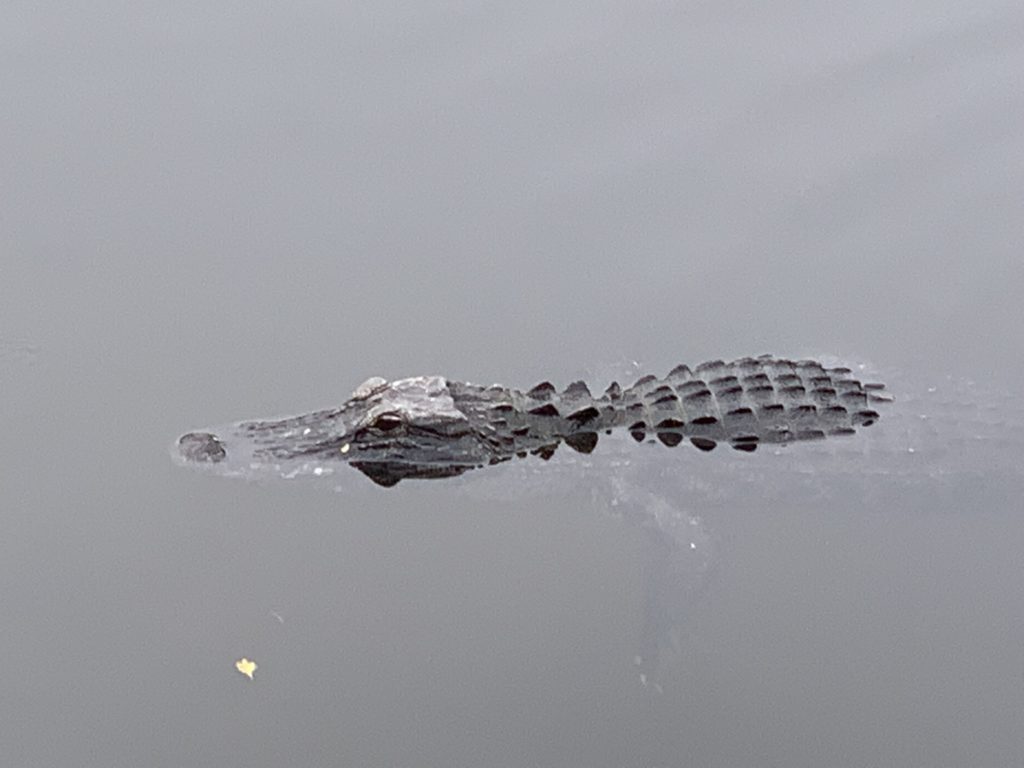
After a short drive on Tamiami Trail, the first road to connect the east and west coasts of Florida, we stopped at the Kirby Storter Boardwalk, a half-mile wooden walkway lined with giant cypress trees. During our walk we saw some rare plant and animal species, including the endangered wood stork, a large white wading bird with long, pencil-thin legs and a curved beak. We also learned about “cypress knees,’’ stump-like protrusions that stick out of the swamp and, according to one theory, help stabilize the tree’s roots.
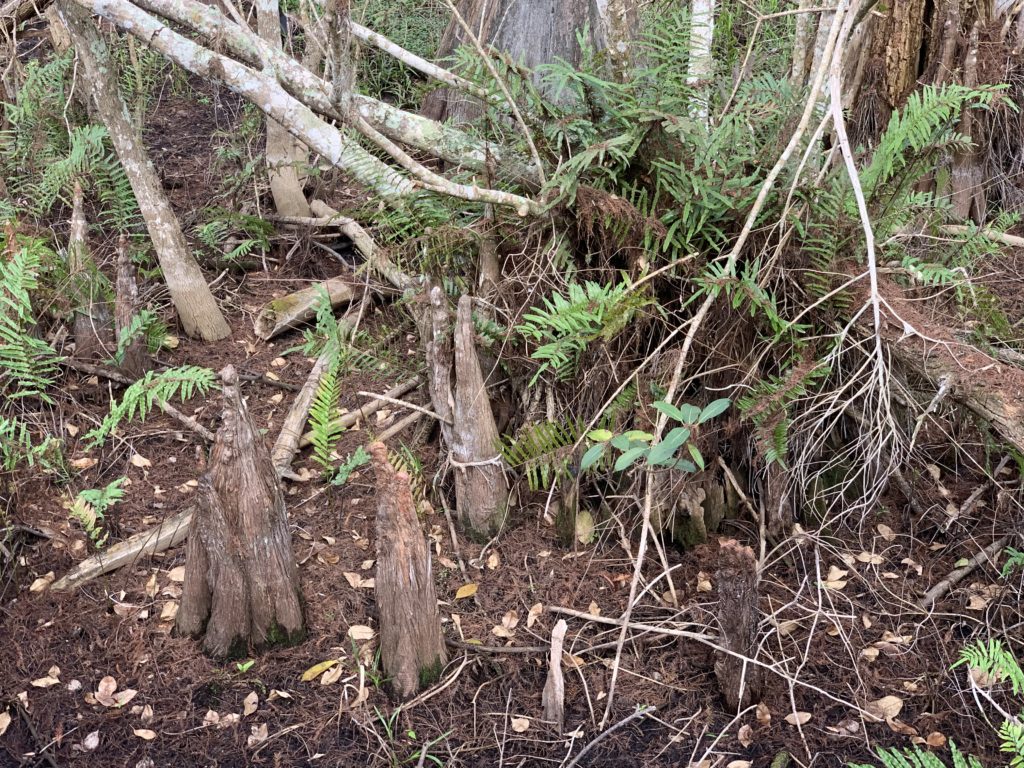
Following lunch at an outdoor cafe, we took a ride on a 24-foot, flat-bottom boat through the Ten Thousand Islands, a chain of mangrove islands that lead into the Gulf of Mexico. (The actual number of islands seems to be in dispute: Some stories say there are at least 14,000, while others claim there are only a few hundred. I didn’t have time to do a hand count.) However, everyone agrees the region is rich in history and folklore. Native Americans inhabited the area for more than 3,500 years, living on the abundant seafood, but today the only inhabited island is Chokoloskee, where the economy is largely based on recreational boating and fishing.
As we navigated past the islands, we spotted several pods of dolphins and shores covered with oyster shells as our boat captain spun fascinating stories about murder, pirates, drug-smuggling and buried treasures.

One of the stories was the basis of the award-winning novel “Shadow Country’’ by Peter Mathieson. It’s about the legend of “Bloody Ed’’ Watson, a serial killer (one of his victims may have been the famed outlaw Belle Starr) who was shot to death by an angry mob on Chokoloskee in 1910. His demise took place next to Smallwood Store, which was a popular waterside trading post at the time. It’s now a museum/gift shop crammed with dusty relics from its heyday, including old books, magazines, tools, clothes, soda bottles and kitchen utensils.
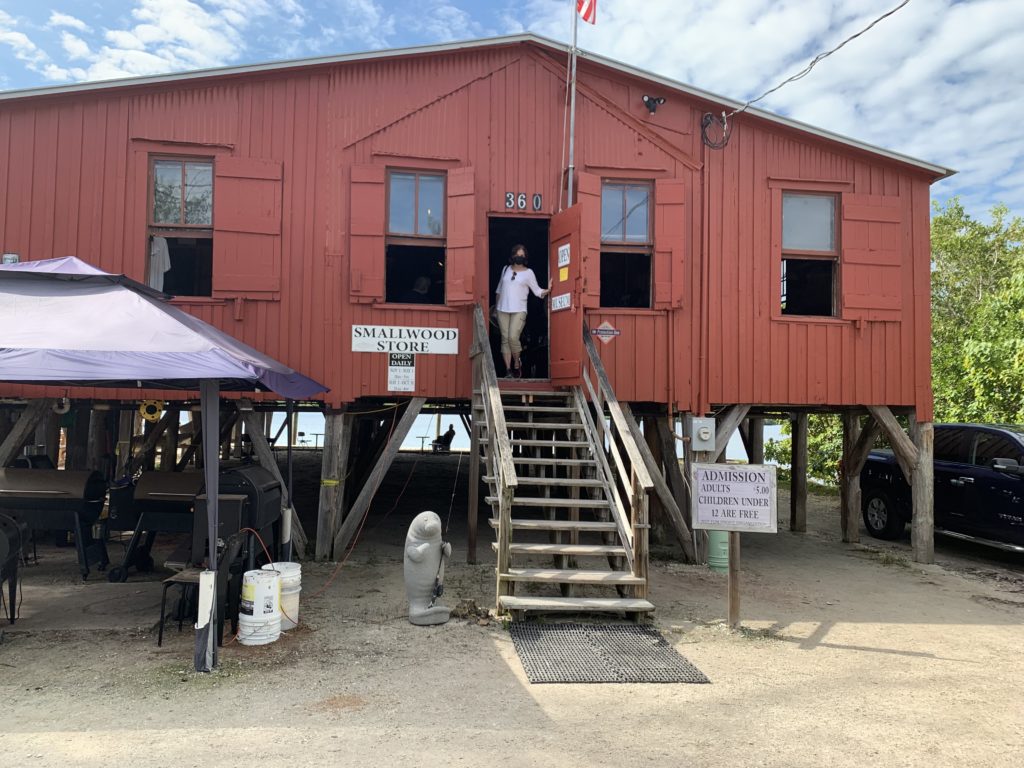
Next we drove through Everglades City (est. population 400), site of the smallest pre-K through 12 school in the country. The school currently has only 160 students and there were only six in the last graduating class, which means everyone had an excellent chance to be the valedictorian, the star athlete or the class clown. The city is also home to the Everglades Rod & Gun Club, once a private hunting and fishing getaway for wealthy vacationers that today functions as a restaurant and motel with a 19th-century look and vibe. Celebrity guests have included Presidents Herbert Hoover, Franklin Roosevelt, Harry Truman, Dwight Eisenhower, Richard Nixon and George H.W. Bush, not to mention Al Capone, Ernest Hemingway, John Wayne and Sean Connery. Judging from its current musty state, it’s hard to imagine Brad Pitt staying there now.
En route to our airboat ride, we passed the smallest post office in the U.S. in a blink-and-you’ll-miss-it place called Ochopee. It’s a converted storage shed that’s about seven-feet wide and has room for a single clerk, who presumably knows every customer by sight.
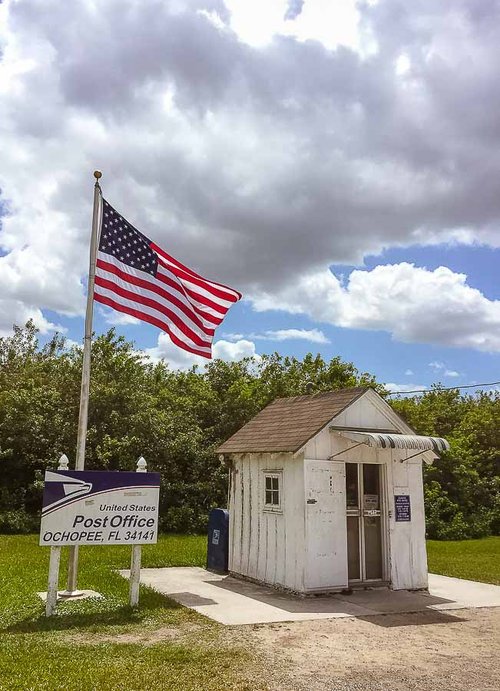
Although we didn’t see any during our tour, we learned about the Everglades’ endangered Florida panther. The big cat almost went extinct in the 1970s after rapid development drastically shrunk their habitat, but our guide said cross-breeding with panthers imported from Texas has helped increase their current population to about 200.
Our tour ended with an airboat ride that included a stop on a deserted island that was once the home of Miccosukee Indians, one of two tribes (along with the Seminoles) that still exist in the Everglades. Our boat captain, Robert, grew up on the island, which was eventually abandoned because of water pollution. Though no one lives there now, you can still see old shelters made of cypress logs and covered with thatched roofs.
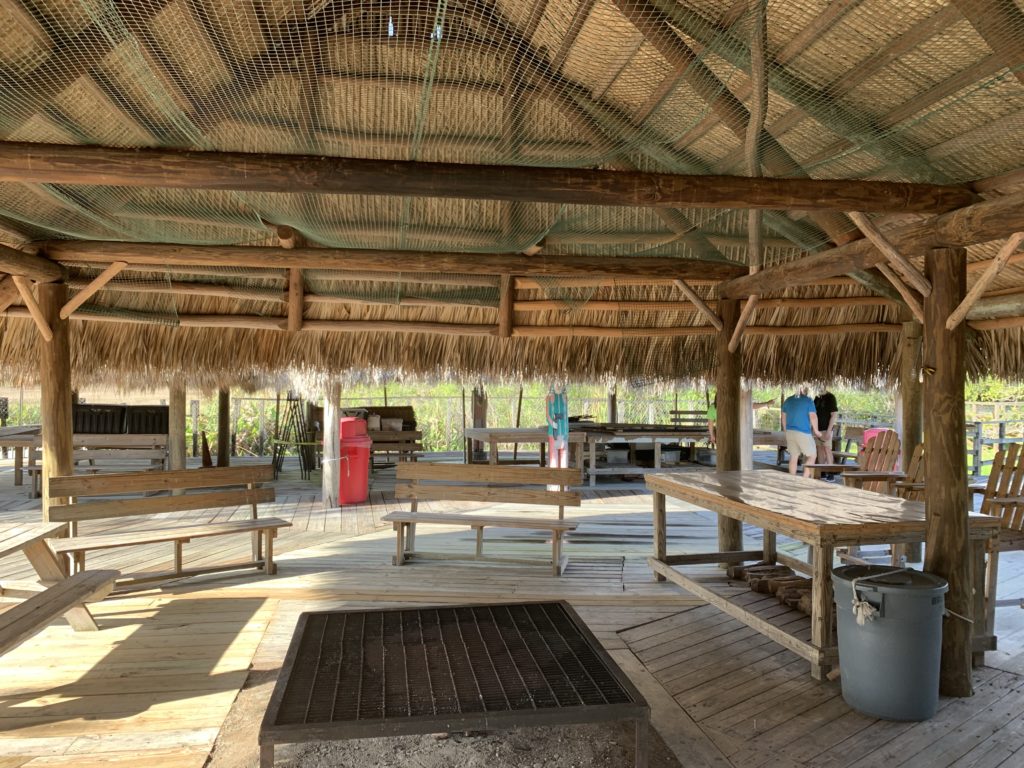
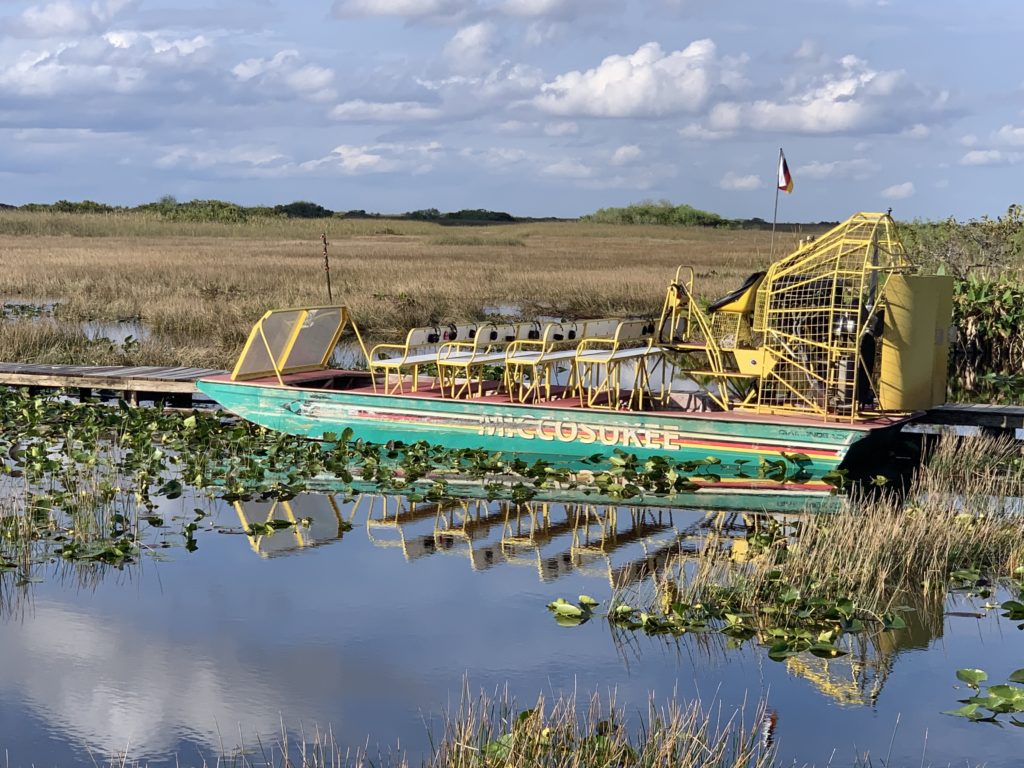
One cautionary note about airboats: They’re very loud. Our tour company provided noise-cancelling headsets, but some companies don’t. So check before you go or bring your own headsets or earplugs just in case.
Next stop: The Florida Keys.
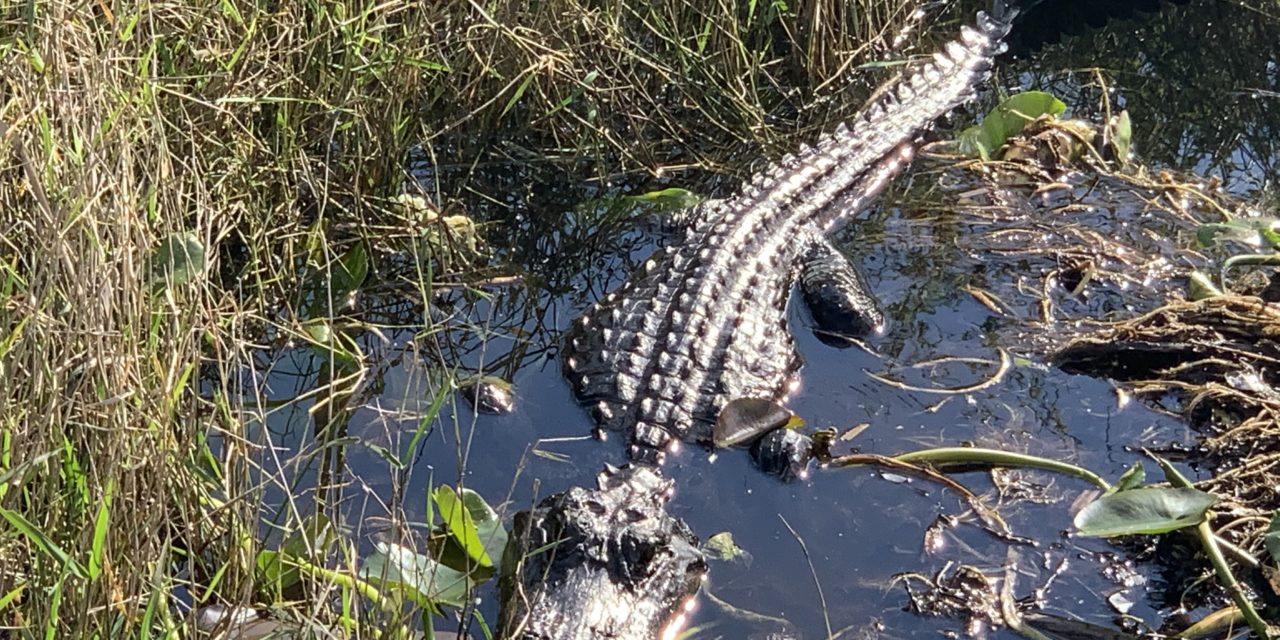

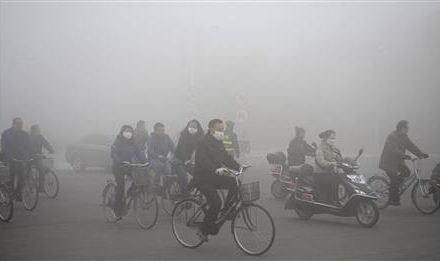
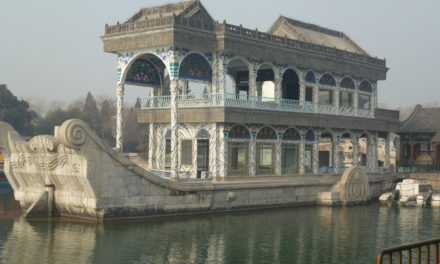

Thanks, Rick…. such amazing info and photos. I want to go there now!
Please keep the reports coming! This was excellent. Thanks.